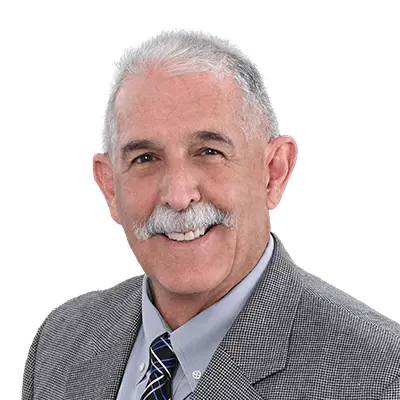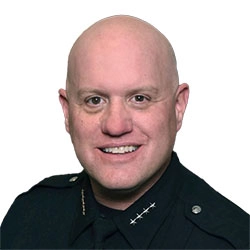 The May 2020 killing of George Floyd in Minneapolis by police during an arrest sparked outrage across the entire country. The tragedy culminated in protests in George’s hometown of Minneapolis and across cities like Memphis, Los Angeles, Chicago and New York City just to name a few. These protests marked the largest civil protests in the United States (US) history --with an unprecedented 4,700 protests occurring across the country. According to polls shared by the New York Times (NYT), up to 26 million people participated in the demonstrations. The protests further gained international support with over 60 countries participating in demonstrations across the world.
The May 2020 killing of George Floyd in Minneapolis by police during an arrest sparked outrage across the entire country. The tragedy culminated in protests in George’s hometown of Minneapolis and across cities like Memphis, Los Angeles, Chicago and New York City just to name a few. These protests marked the largest civil protests in the United States (US) history --with an unprecedented 4,700 protests occurring across the country. According to polls shared by the New York Times (NYT), up to 26 million people participated in the demonstrations. The protests further gained international support with over 60 countries participating in demonstrations across the world.
The nature of George Floyd’s murder which highlighted persistent issues of police brutality and racism also resulted in civil unrest. Some protests that occurred in the hours after George’s murder erupted into riots, looting and confrontation with police. While this type of escalation necessitated swift police response, many peaceful protests were notably met with hostility and violence by police officers. Protestors of all ages, journalists who were present in a professional capacity and bystanders were tear-gassed, shot at with bean bags, rubber rounds and other projectiles, and beaten with police batons.
The crowd control tactics and use of force exhibited by police during these protests were yet another aspect of police policy and procedure that were called into question. At least 20 people had suffered serious eye injuries, prompting The American Academy of Ophthalmology to call for an end of the use of rubber bullets by police for crowd control. Forbes reported that within two weeks of protests, at least 19 people had died. The U.S Press Freedom Tracker stated that at least 114 journalists had reported incidents of physical attacks by police officers.
Cities across the US are still addressing the injuries and tactics used by police during the 2020 protests. The Austin City Council, for example, has most recently approved a payment of $2.95 million to a teenager who was shot in the head by a bean bag round. This brings the amount paid to injured protestors to $13 million. The city has charged 19 officers with aggravated assault resulting from their actions during the protests.
ESI Law Enforcement Expert Dr. Tommy Tunson (Chief of Police Ret.) speaks on police response to protestors.
Comment on policing in these circumstances from the point of view of an expert in the field, drawing on your police training and law enforcement policy/procedure expertise.
The handling of civil protests and riots were common training for police in the 1970s through 1990s. This training mainly relied on the use of batons and tear gas as nonlethal tools to control crowds. Moving into the 21st century, law enforcement has notably transitioned away from this type of training. The brutal response by officers and the widespread injury of protestors is the outcome of inconsistent and outdated training and policing measures. To address the gap in training, Law Enforcement needs to return to civil protest/riot training for the new generation of police officers who were not around during the late 20th-century civil unrest in this country.
How has policing transformed in this age of technology and heightened activism?
The first clear use of technology in policing was the Rodney King video of Los Angeles Police Department (LAPD) officers striking an unarmed King with batons by several officers. Since then, because of increased activism and social unrest, adapting to social media has become an important area for law enforcement. The advent of social media has helped to improve transparency and accountability of the actions of police officers. On the other hand, social media, and the fact that everything is filmed in real time has not always been positive for law enforcement as intense scrutiny and public opinion can weigh heavily on officers. Increased training and awareness of the impact of this technology is the future and law enforcement must conform to this new technology.
What role can your Transformational Policing Model play in these circumstances?
If law enforcement agencies and the communities they served, trained together, they would maintain a positive partnership together. This is the essence of the Transformational Policing Model: (TPM) Bridging the Racial Divide. This philosophy is a police-community joint training course which focuses on the historical roots of distrust in America & focuses on solutions based on partnership. The training approach is simple, both community members and law enforcement officers are in the same course learning, growing, and becoming aware together of the historical and contemporary issues which have divided us and now through TPM will bridge that divide.
How do you stay up to date with developments in your field?
As a criminal justice professor, it is important for me to keep abreast with developments in law enforcement initiatives and any related areas within the criminal justice field. Scholarly articles and keeping up with developments in the news are my go-to.


